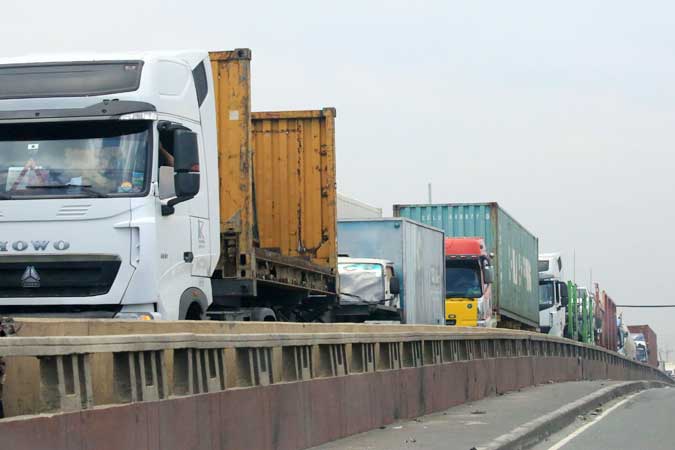THE Philippines is among key Southeast Asian nations best positioned to take advantage of the growing demand for electronics as the global economy recovers from the pandemic, Moody’s Analytics said.
In its report “Factory Southeast Asia: Global Manufacturing’s Next Frontier,” the think tank said Southeast Asia has gained attention as a global manufacturing hub, especially with the US-China tensions, an increase in labor costs in China, and diversification of global supply chains due to the pandemic.
“Southeast Asia is better positioned than any other global region to benefit from rising labor costs in China and global manufacturers’ push to reduce exposure to trade and geopolitical risks. The combination of low labor costs, a growing workforce, strong macroeconomic institutions, and a stable business climate sets Southeast Asia apart from emerging market peers in Latin America, South Asia and Eastern Europe,” Moody’s Analytics said.
The Association of Southeast Asian Nations (ASEAN) region’s six largest economies, Singapore, Malaysia, Thailand, the Philippines, Indonesia and Vietnam, are active in the electronics, textile and automotive industries.
“While Southeast Asia will not displace China as the world’s factory, its diverse economies are better positioned than any other global region to benefit from the push to cut labor costs and hedge trade and geopolitical risks,” the think tank said.
The ASEAN-6 accounts for nearly one-sixth of global electronics exports, which have grown over 20% since 2015.
The region’s electronics exporters create value in the assembly and processing stages of intermediate goods, such as advanced semiconductor fabrication in Singapore and Malaysia to lower-value microchip assembly and test activities in the Philippines and Thailand, it added.
“Southeast Asia plays a key role in the global electronics supply chain with potential for further growth and diversification. Vietnam, Malaysia, Thailand and the Philippines are likely to lead this trend,” Moody’s Analytics said.
“Vietnam, the Philippines, Malaysia and Thailand are especially well-positioned to benefit from the surge in global consumer electronics demand in the short term, but also from a potential longer-term realignment, as the ongoing global tech battle and concerns regarding intellectual property theft will be pervasive,” it added.
However, Moody’s Analytics noted these nations are still heavily reliant on imports of raw materials and advanced components for electronics production.
Sought for comment, Semiconductor and Electronics Industries in the Philippines, Inc. (SEIPI) President Danilo C. Lachica said the sector is expected to benefit from the demand surge.
“Long term, we need to continue creating an environment conducive for investments in expansions, new products and technologies and competitive compared to our ASEAN neighbors such as Vietnam and Thailand,” Mr. Lachica said via Viber on Wednesday.
Meanwhile, Southeast Asia’s contribution to the textile industry is relatively small but Moody’s Analytics noted Vietnam and Indonesia have recently ramped up production.
The two countries will remain attractive for textile producers over the medium term, thanks to their abundant, low-cost labor, the think tank said.
At the same time, Southeast Asia may still have a limited presence in the automotive industry, but Moody’s Analytics said there is “potential to contribute to selected segments of production given its growing integration in value chains and maturing domestic markets.”
“Even though economies such as Vietnam have emerged as lucrative manufacturing hubs and attracted sizeable foreign investment in recent years, the region’s auto production has been highly volatile since 2013, raising concerns regarding its ability to scale up production in the short term,” it noted.
Moody’s Analytics said most Southeast Asian nations will benefit from China’s economic recovery and the surge in electronics demand over the near term.
However, the region has to improve its presence in the global supply chains to reap long-term gains.
“To a large extent, this will depend on ASEAN nations’ ability to attract additional foreign direct investment and expand the region’s productive capacity,” it said.
“As global manufacturers ramp up investments in labor-saving technologies, the lure of low-cost labor will play less of a role in production decisions. To remain competitive longer term, Southeast Asian economies will need to invest in infrastructure development and the human capital necessary to drive investment in higher-value manufacturing activities,” Moody’s Analytics added. — Beatrice M. Laforga

